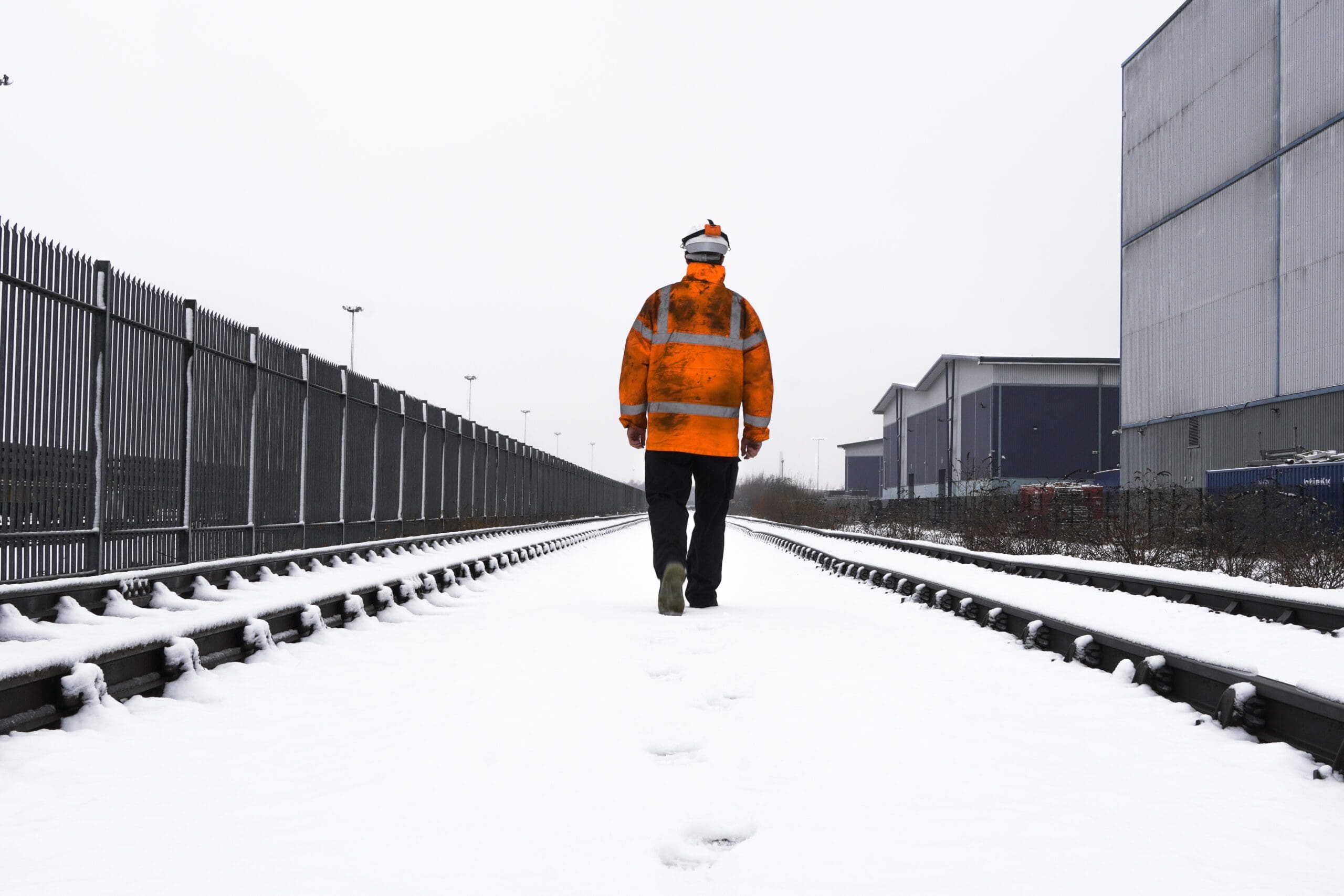How to File a Railroad Lawsuit For Chronic Obstructive Pulmonary Disease
Rail workers who suffer from occupational diseases such as cancer may file a lawsuit in accordance with the Federal Employers' Liability Act. However it can be difficult to prove that the disease is work-related.
For instance, a worker might have signed a release following settlement of an asbestos claim. Then, he sued for a cancer that was believed to have been resulted from exposure to asbestos.
Leukemia lawsuit of Limitations under the FELA
In many workers' compensation cases, the clock begins to run on a claim when an injury is documented. FELA laws, however, allow railroad employees to sue for lung diseases or cancer years after the incident has occurred. It is imperative to submit a FELA report as soon after an injury or illness as is possible.
Sadly, the railroad will attempt to dismiss a case the argument that an employee did not act within the timeframe of three years of limitations. To determine when the FELA "clock" begins courts typically look to two Supreme Court decisions.
In the beginning, they will determine whether the railroad employee has reason to know that his or her ailments are related to their job. The claim can be ruled out when the railroad worker consults a doctor, and the doctor states conclusively that the injuries are due to their job.
Another aspect to consider is the length of time since the railroad employee started to notice signs. If the employee has been suffering from breathing problems for several years and ascribes the problems to working on rails it is most likely that the railroad employee is within the time limit. Please contact us for a no-cost consultation should you have any questions about your FELA claims.
Employers' Negligence
FELA provides an legal foundation for railroad workers to ensure that negligent employers are held accountable. Unlike most other workers, who are governed by worker's compensation systems with fixed benefits, railroad employees can sue their employers for the full amount of their injuries.
Our lawyers recently won the verdict in a FELA lawsuit brought by three retired Long Island Railroad machinists who were diagnosed with COPD chronic bronchitis, chronic bronchitis as well as emphysema as a result of their exposure to asbestos when working on locomotives. The jury awarded them $16,400,000 in damages.
The railroad claimed that the plaintiffs' cancer wasn't related to their jobs at the railroad and the lawsuit was not allowed because it had been over three years since the plaintiffs discovered their health issues were related to their work at the railroad. Our Doran & Murphy lawyers were successful in proving that the railroad didn't inform its employees about asbestos's dangers and diesel exhaust while working and that the railroad didn't have safety procedures in place to safeguard its workers from dangerous chemicals.
It is best to engage an experienced lawyer immediately even though a worker could have up to three years to submit an FELA lawsuit from the date they were diagnosed. The earlier our lawyer begins collecting witness statements, evidence, and other evidence, then the greater chance is of the success of a claim.
Causation
In a personal injury lawsuit plaintiffs must show that the defendant's actions are the cause of their injuries. This is referred to as legal causation. This is the reason it's vital that an attorney analyze a claim prior filing it in court.
Diesel exhaust alone exposes railroad workers to a myriad of chemicals, including carcinogens, pollutants and other pollutants. These microscopic particles penetrate deeply into the lung tissue and cause inflammation and damage. As time passes, these damages are accumulated and can cause debilitating conditions such as chronic lung inflammation and COPD.
Leukemia lawsuit of our FELA cases is a former conductor who developed debilitating asthma and chronic obstructive pulmonary disease after decades of working in train cabs without protection. He also developed back problems because of his constant lifting and pushing. His doctor informed him that these problems were the result of years of exposure diesel fumes. He claims this exacerbated all of his health issues.
Our attorneys were able to preserve favorable trial court rulings and a modest federal jury verdict for our client in this case. The plaintiff claimed that the derailment of the train and subsequent release of vinyl chloride into the rail yard affected his physical and emotional condition because he was afraid it would cause cancer. However, the USSC determined that the defendant railroad could not be the cause of the worry that he had about developing cancer since he had previously let go of the possibility of pursuing such a claim in a prior lawsuit.
Damages
If you have suffered an injury while working on an railroad, you could be able to file a lawsuit under the Federal Employers' Liability Act. This means that you can seek damages for your injuries, which could include compensation for your medical bills as well as the pain and suffering you have endured as a result of your injury. This is a complicated process and you should speak an attorney for train accidents to understand your options.
Bladder cancer lawsuit in a railroad lawsuit is to establish that the defendant had a duty to the plaintiff of care. The plaintiff must then show that the defendant breached this obligation by failing in protecting the person injured from injury. Finally, the plaintiff has to demonstrate that this breach was the primary cause of their injury.

A railroad worker who contracts cancer as a result of their work must prove that their employer failed properly to warn them about the risks they face. They must also prove that the negligence led to their cancer.
In one case one railroad company was sued by a former employee who claimed his cancer was caused by exposure to diesel fumes and asbestos. Bladder cancer lawsuit was time-barred, because the plaintiff had signed a waiver in a previous lawsuit against the defendant.
